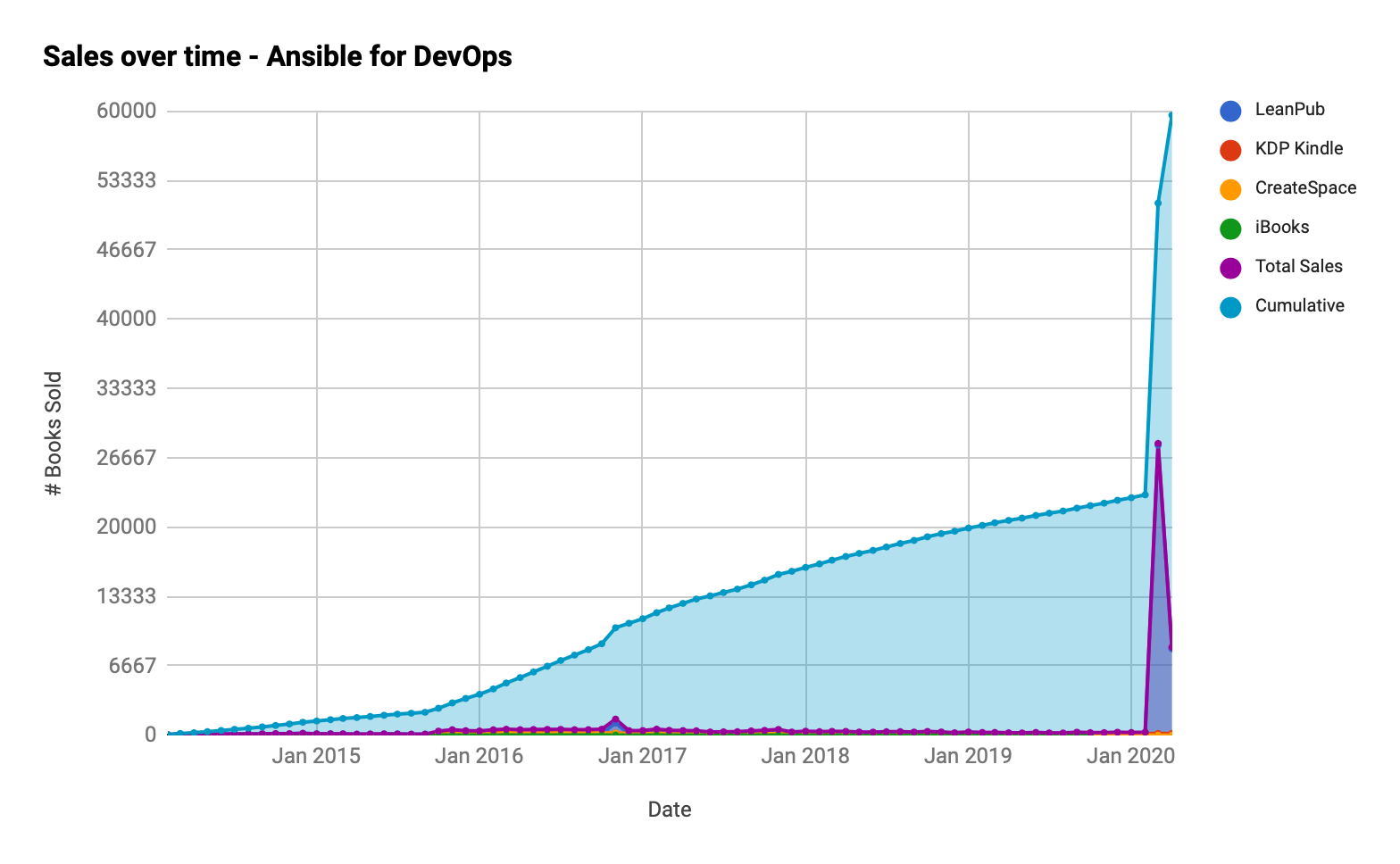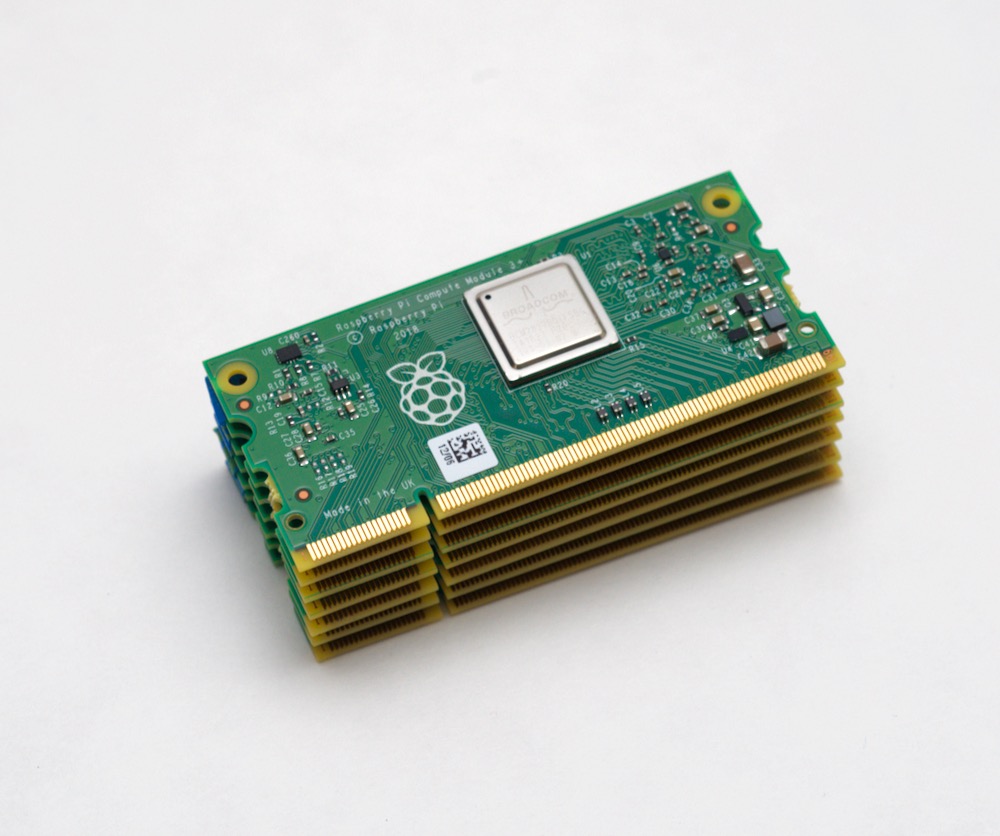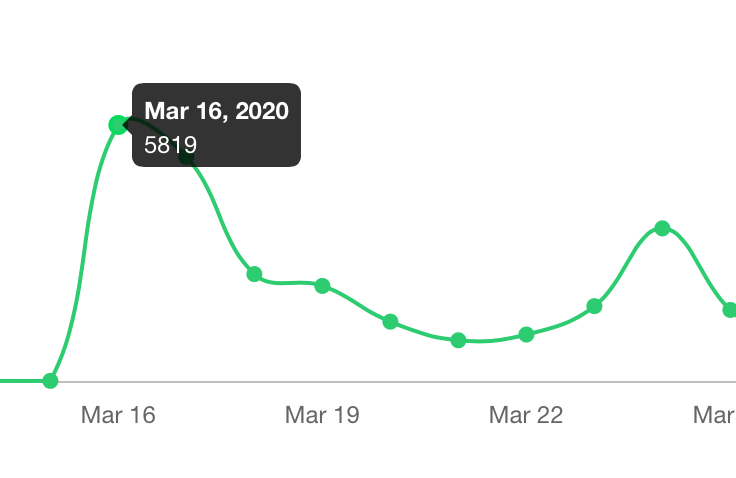For many new Ansible-based projects, I build my tests in Molecule, so I can easily run them locally or in CI. I also started using GitHub Actions for many of my new Ansible projects, just because it's so easy to get started and integrate with GitHub repositories.
I'm actually going to talk about this strategy in my next Ansible 101 live stream, covering Testing Ansible playbooks with Molecule and GitHub Actions CI, but I also wanted to highlight one thing that helps me when reviewing or observing playbook and molecule output, and that's color.
By default, in an interactive terminal session, Ansible colorizes its output so failures get 'red' color, good things / ok gets 'green', and changes get 'yellow-ish'. Also, warnings get a magenta color, which flags them well so you can go and fix them as soon as possible (that's one core principle I advocate to make your playbooks maintainable and scalable).



